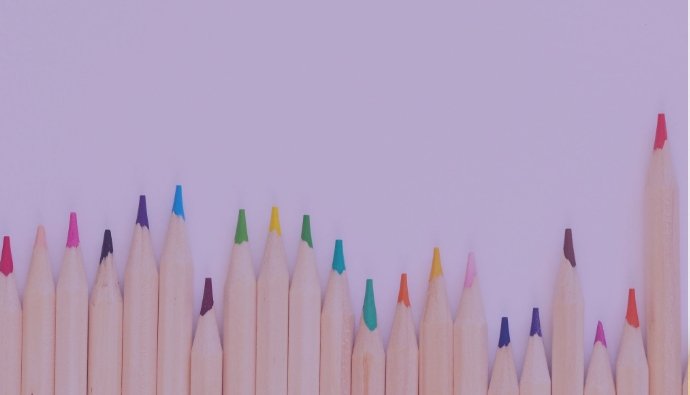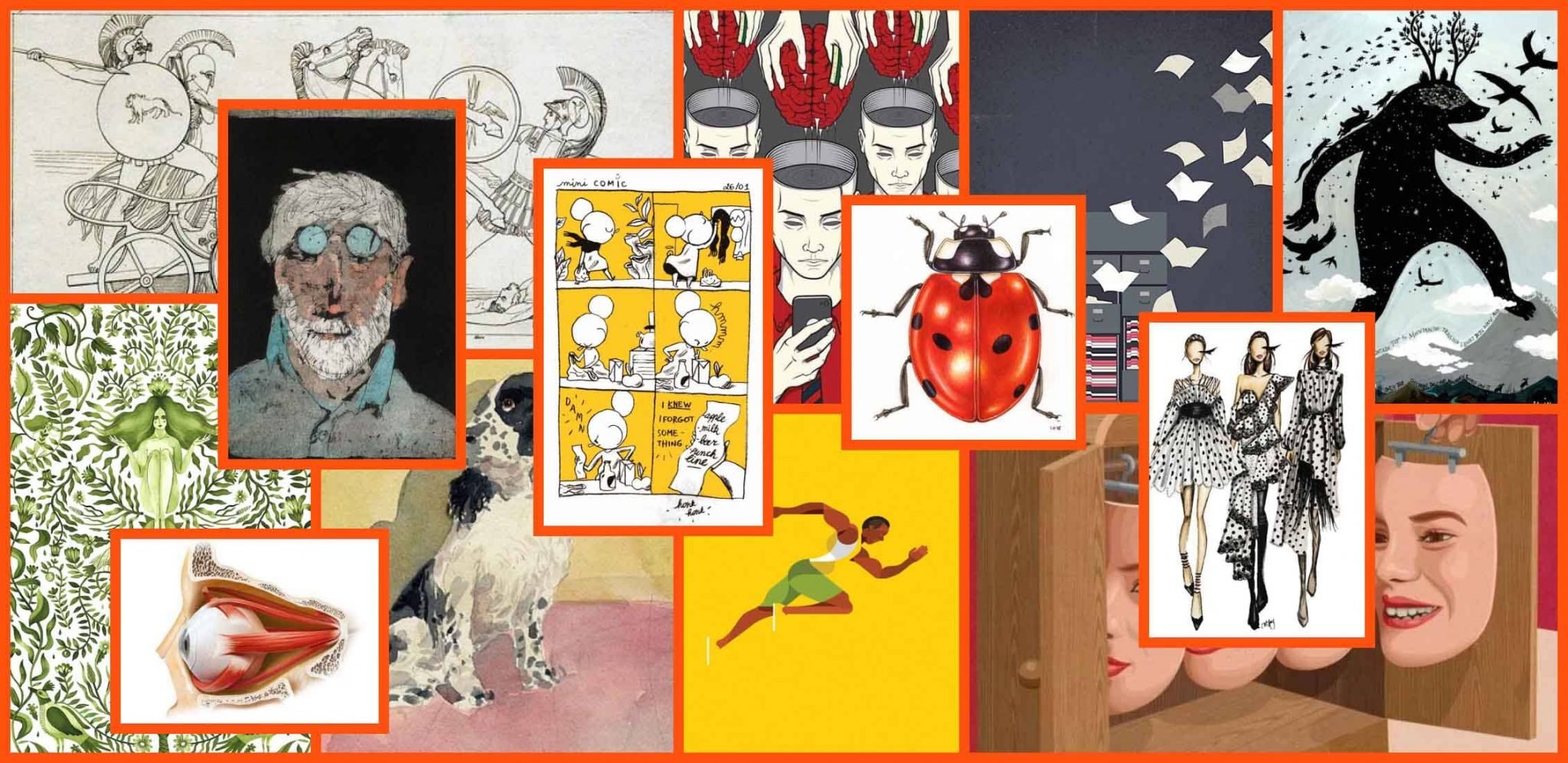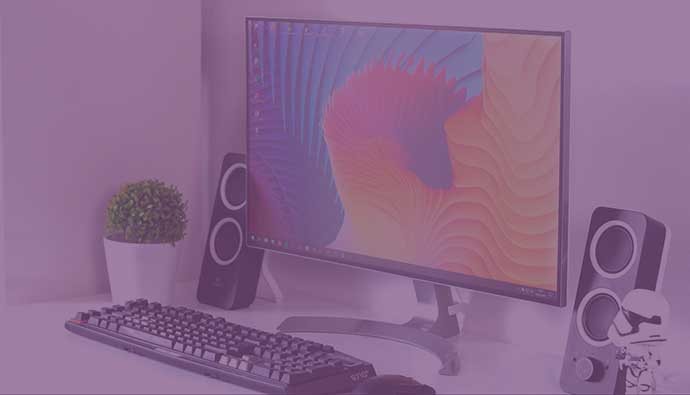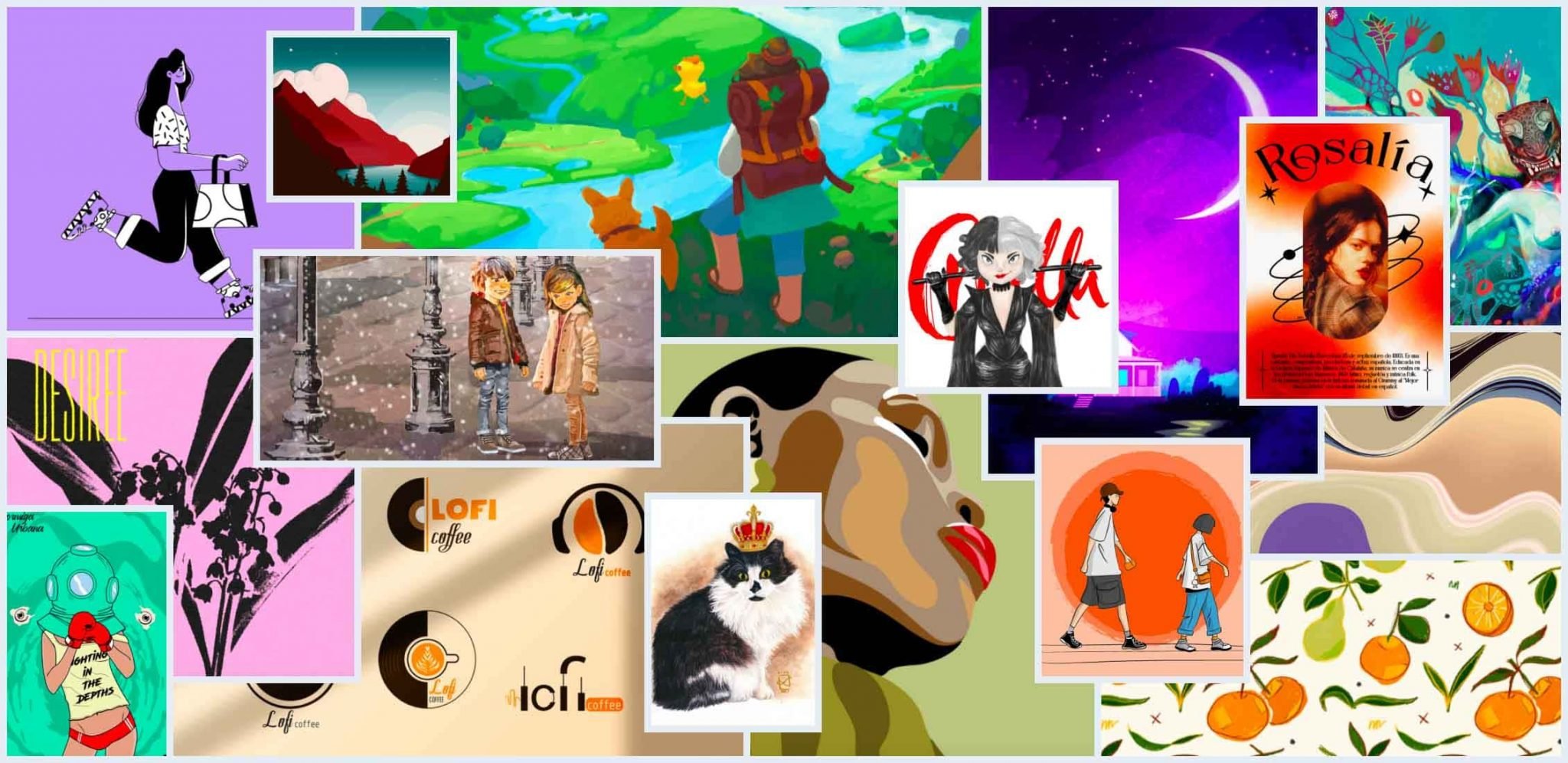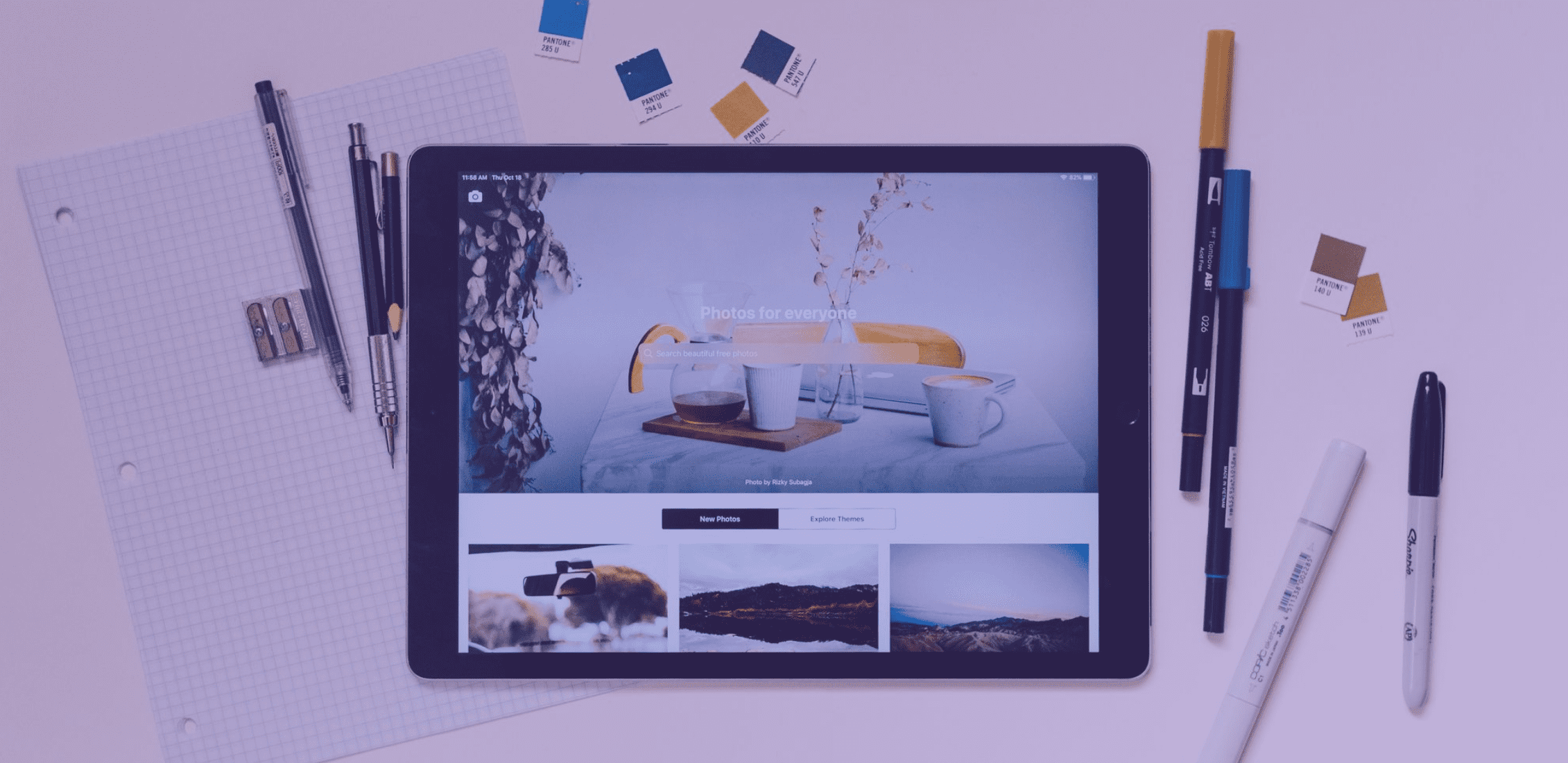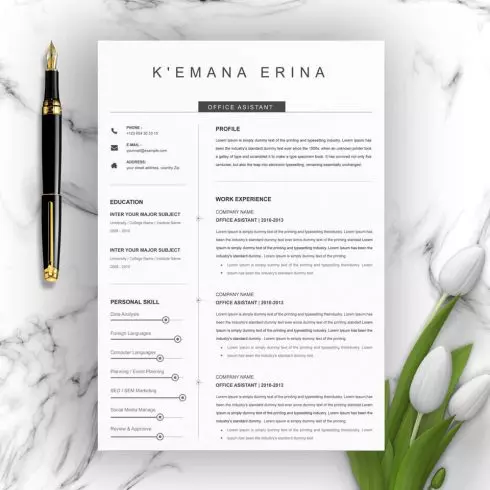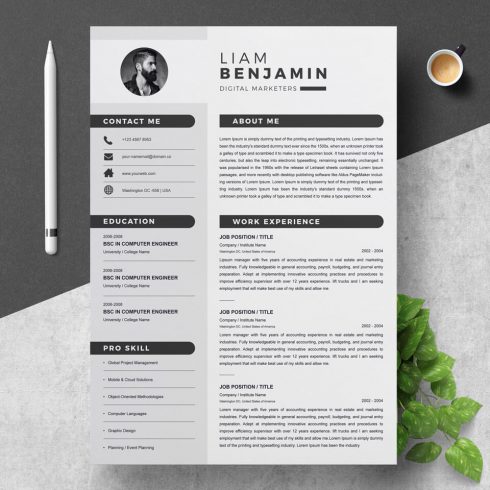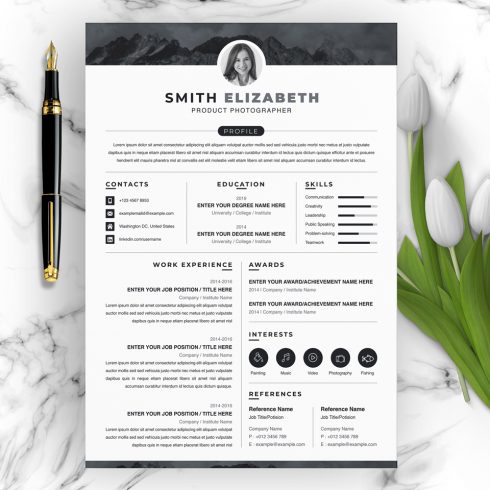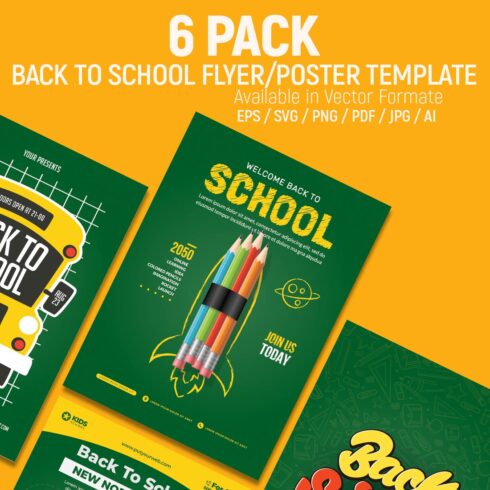I spend a lot of time sketching for ideas, because I think concept is the most important thing – Xinmei Liu
Meet Xinmei Liu, an illustrator, artist and printer based in the NYC area. Originally from Shanghai, China, she moved to the United States for art school. After getting an MFA from the School of Visual Arts, Xinmei has been working as a freelance illustrator. A lot of her work is inspired by the culture of her hometown and her childhood. She creates surreal illustrations with absurd details, combining styles from vintage posters and 80s propaganda.
Her client list includes The New York Times, The New Yorker, NBC News, Medium, Scholastics, and Amazon Publishing, among other top-notch media companies and organizations.
For her amazing and inspiring work, she has received many awards and recognitions, such as exhibition in the permanent collection at The Museum of Avant-garde, being shortlisted in the World Illustration Awards 2021, and a winner in Society of Illustrators 63, American Illustration 40 and 39, Illustration West 59 among other acknowledgments.
If you want to know more about her highly conceptual, satirical, and humorous art, keep reading!
How would you define your illustration style?
It’s hard to put a definition on someone’s style because everyone is unique. I think the better question is what I take as a reference in my current “style”, and that would be propaganda posters in the 80s and vintage calendar posters in Shanghai in the 1930s, among other things.
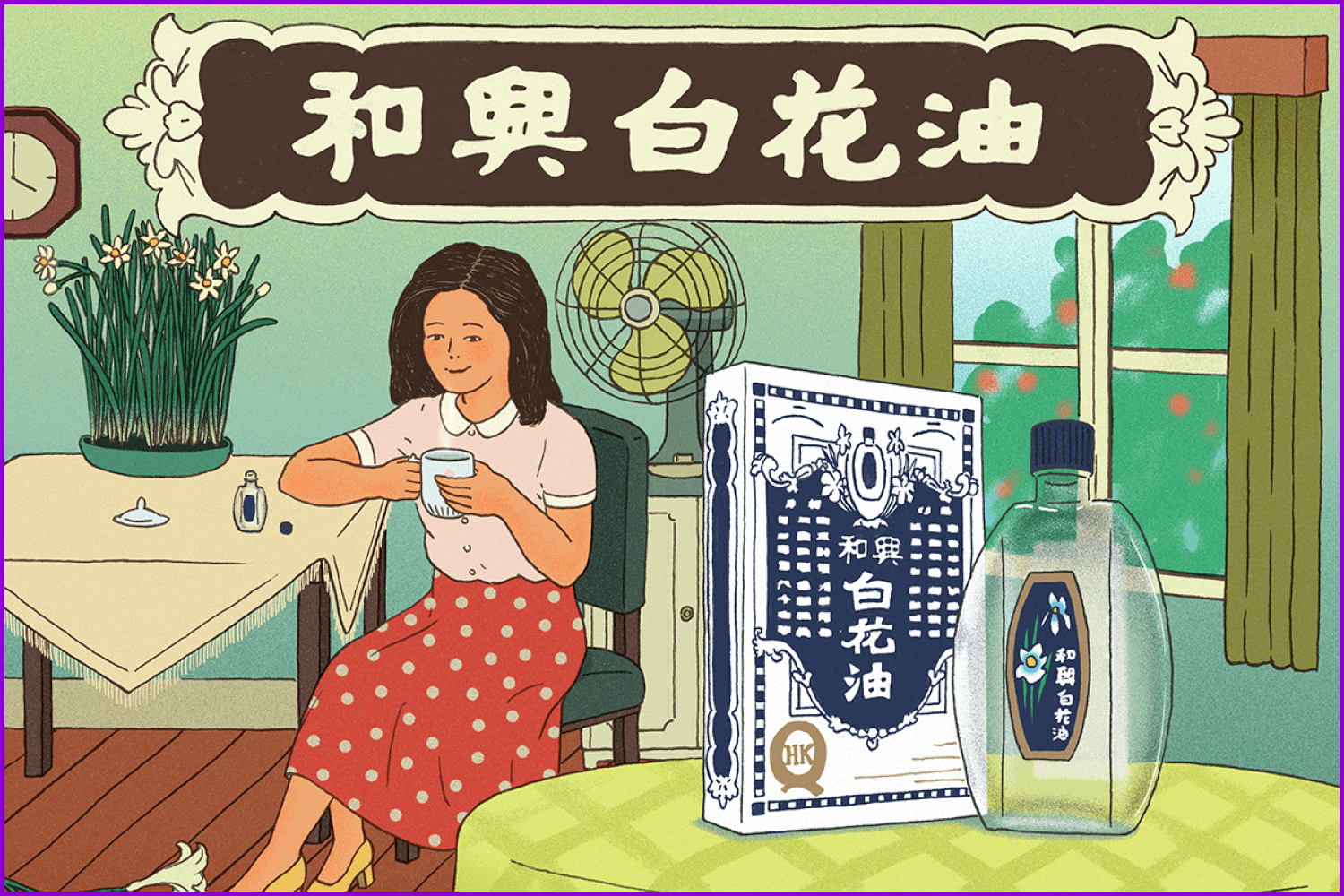
Everyday Chinatown, Illustrations for animated videos of everyday objects found in Chinatown community, for Think!Chinatown.
Your work is highly conceptual. Tell us how do you approach a new commission, do you spend a lot of time thinking about the concept? Do you do research?
I spend a lot of time (I would say even the majority of the time?) sketching for ideas, because I think concept is the most important thing. I usually write down keywords on paper first and think of concepts based on a combination of keywords. I also do a lot of research because honestly there are a lot of things I don’t already know how to draw.
Tell us about key moments in your professional career.
The key moments would be whenever I come up with a really good concept for a piece. This doesn’t always happen, that’s why it’s really exciting when it does.
What life events influenced your decision to become an illustrator?
I don’t know if there’s a life event because I liked drawing all along. I guess one small “milestone” is when I started keeping a sketchbook after watching a movie in middle school, where the main character was an art student. I decided to apply to an art school when I was in Texas as an exchange student in high school.
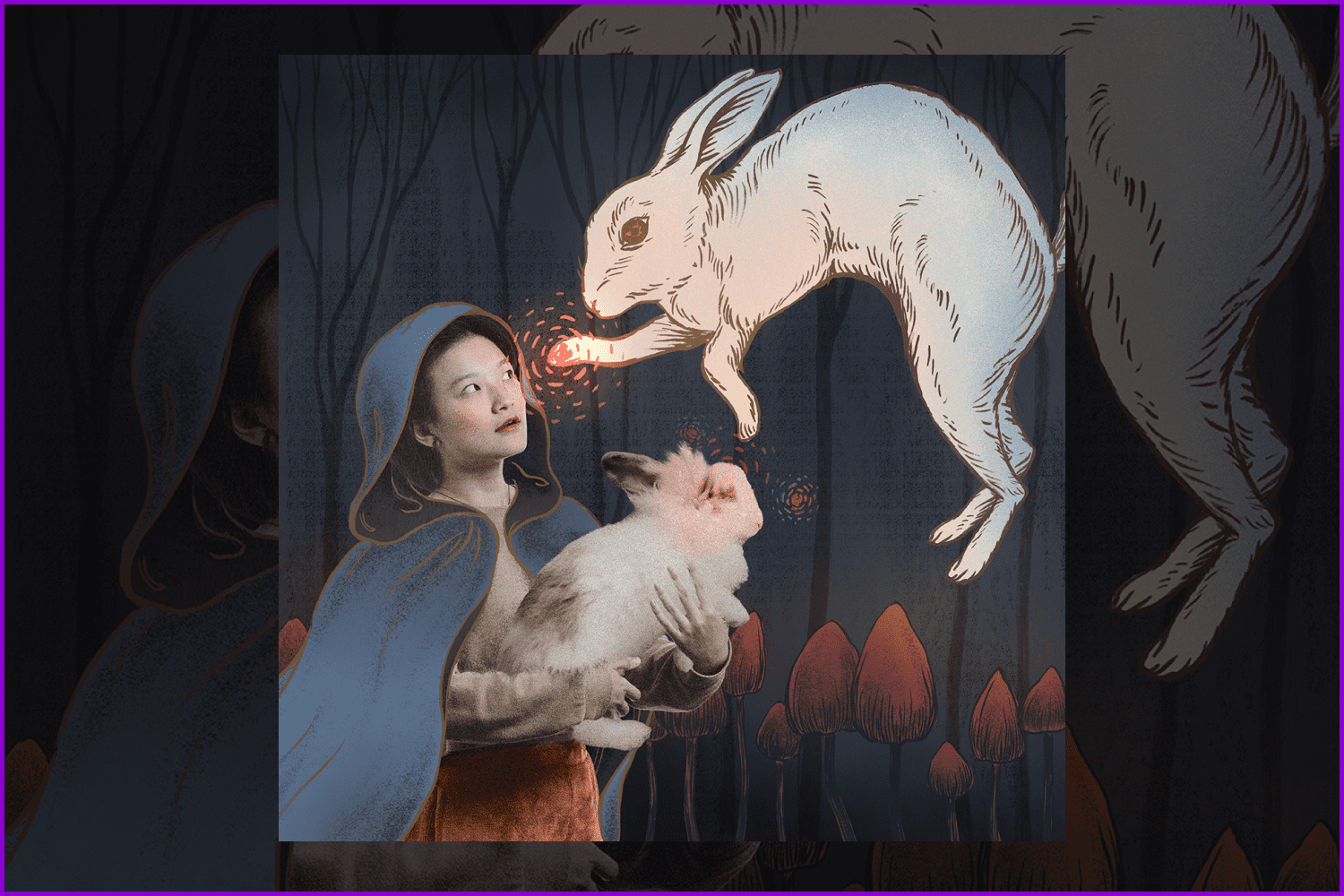
What inspires you or motivates you to create?
I think it’s a myth that creatives are always inspired or motivated to create new work. Most of the time I am just creating because there are people who like my work, or thankfully there are interesting projects that want me onboard.
What is your favorite art in your portfolio and why?
My favorite piece would always be the one I am working on at the moment or the next piece I am going to create. I think when I finish something it becomes separate from myself and is for the world to judge. That said, I’d like to work on every piece as if it’s the best thing I’ll ever create.
You work a lot with riso printing, what do you like most about this technique?
The hands-on process, the unpredictability, and the vibrant colors.
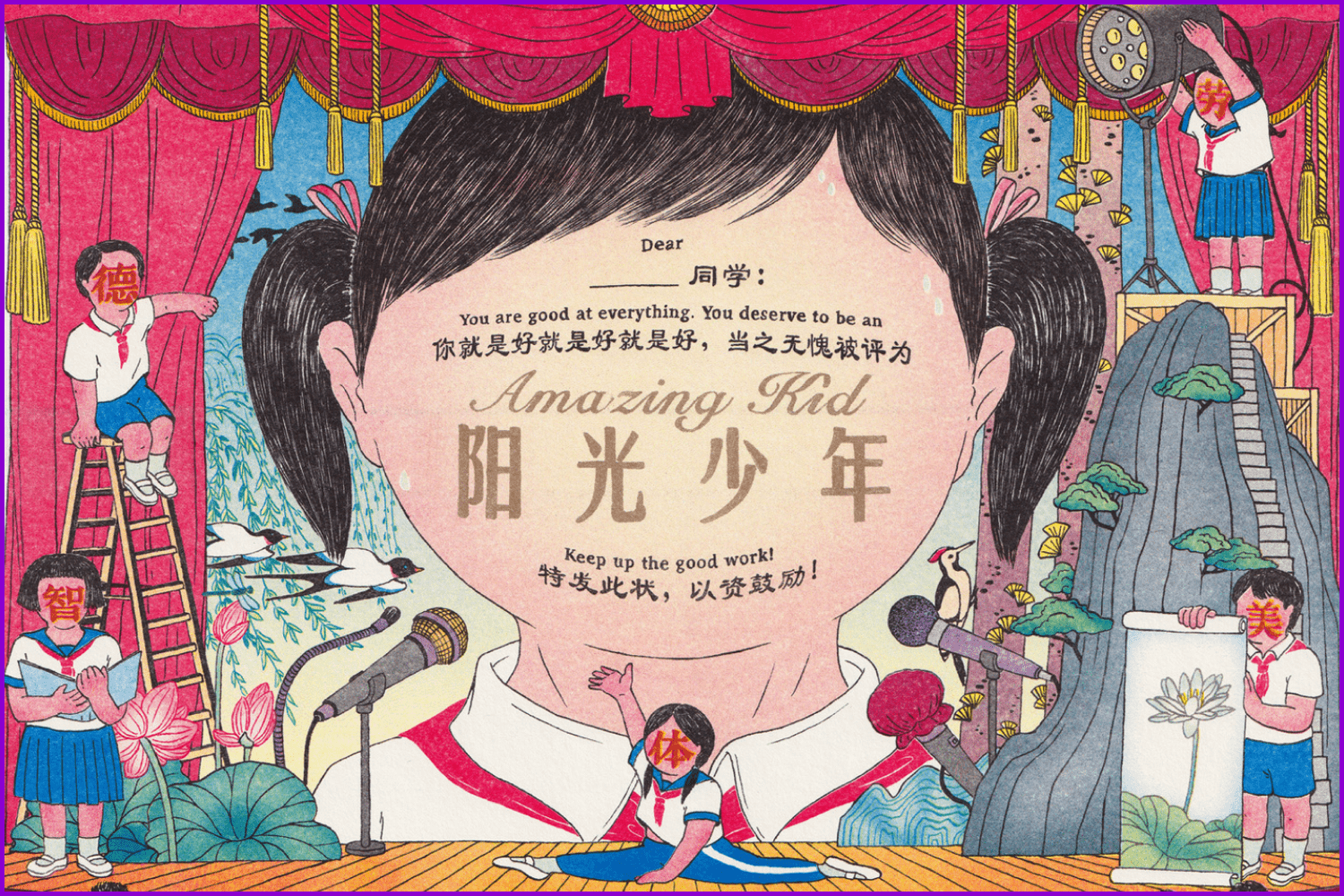
The Amazing Kid Award Certificate, a 5-color riso printed poster.
I was impressed by your Model Citizen Guidelines project and also by The Amazing Kid Award Certificate. Where did the inspiration come from to generate this satirical series of the educational system?
Thank you–glad to hear that you like them! The initial inspiration came from reflections on personal experiences. Looking back on the education I received in elementary and secondary schools, I came to realize very little was taught to distinguish opinions from facts. Later, my higher education in a global setting, my distress with extreme divisions worldwide, my failed attempt to explain liberal ideas to my parents, etc. all made me think critically about the values that were imposed on us in school.
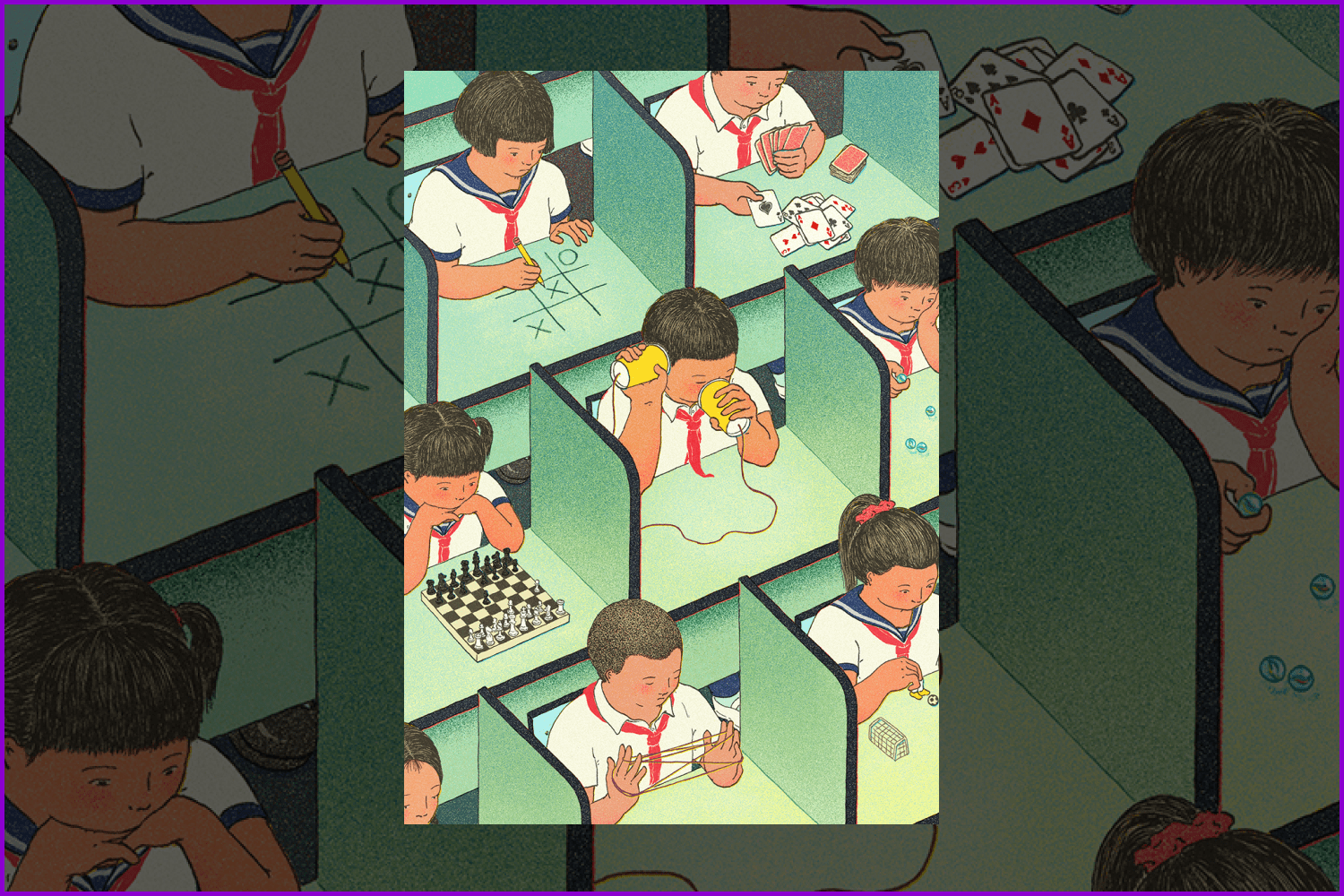
“Mind your own business”, from Model Citizen Guidelines: an illustrated fictitious kids’ schoolbook.
Do you believe an illustration is a form of art?
Of course, why wouldn’t it be?
What, in your opinion, is the role of the artist in society?
Honestly, I don’t think artists are very different from other occupations. Just like (most) others, artists provide something they are good at in exchange for a living.
Who are your biggest influences? Designers, artists, writers, friends, etc
Guy Billout, my advisor for my MFA thesis taught me a lot about coming up with concepts and executing them in my art. I’ve also been influenced a lot by printmakers like Toulouse-Lautrec.
What illustration software are you familiar with? Which do you prefer to work with?
I sketch with Procreate on an iPad. And while I draw with pen and ink on paper, I color my drawing in Photoshop.
Do you think the current job market favors artists with digital skills or is there still room for the old fashioned, 100% analog?
It really depends on what you do. For illustrators, you really need to learn some digital skills even if you work with traditional media since everything is sent digitally now. Also, digital tools are helpful for making tight deadlines. But I think a lot of gallery art is still 100% analog.

Focus on your fantasy is an illustrated calendar of 2021.
How has your practice changed over time?
The way I make art hasn’t changed that much. It’s just that over time I learned to use more time-saving tricks so I am better at making my deadlines. These are just small things like creating a fixed color palette to choose my colors from, transferring sketches to paper using a lightbox, using the magic wand tool for coloring, etc. I am also more focused on making art that I enjoy rather than trying to build a portfolio for specific jobs.
What’s the best piece of advice you’ve been given?
If you want to know if an idea works, the best thing to do is always put it down on paper so that you can see it visually.
What work do you most enjoy doing nowadays?
I like to make art that has humorous or absurd details. For commissioned work, I like projects that I can personally relate to, projects about something I am familiar with, or something I have personally experienced or want to experience.
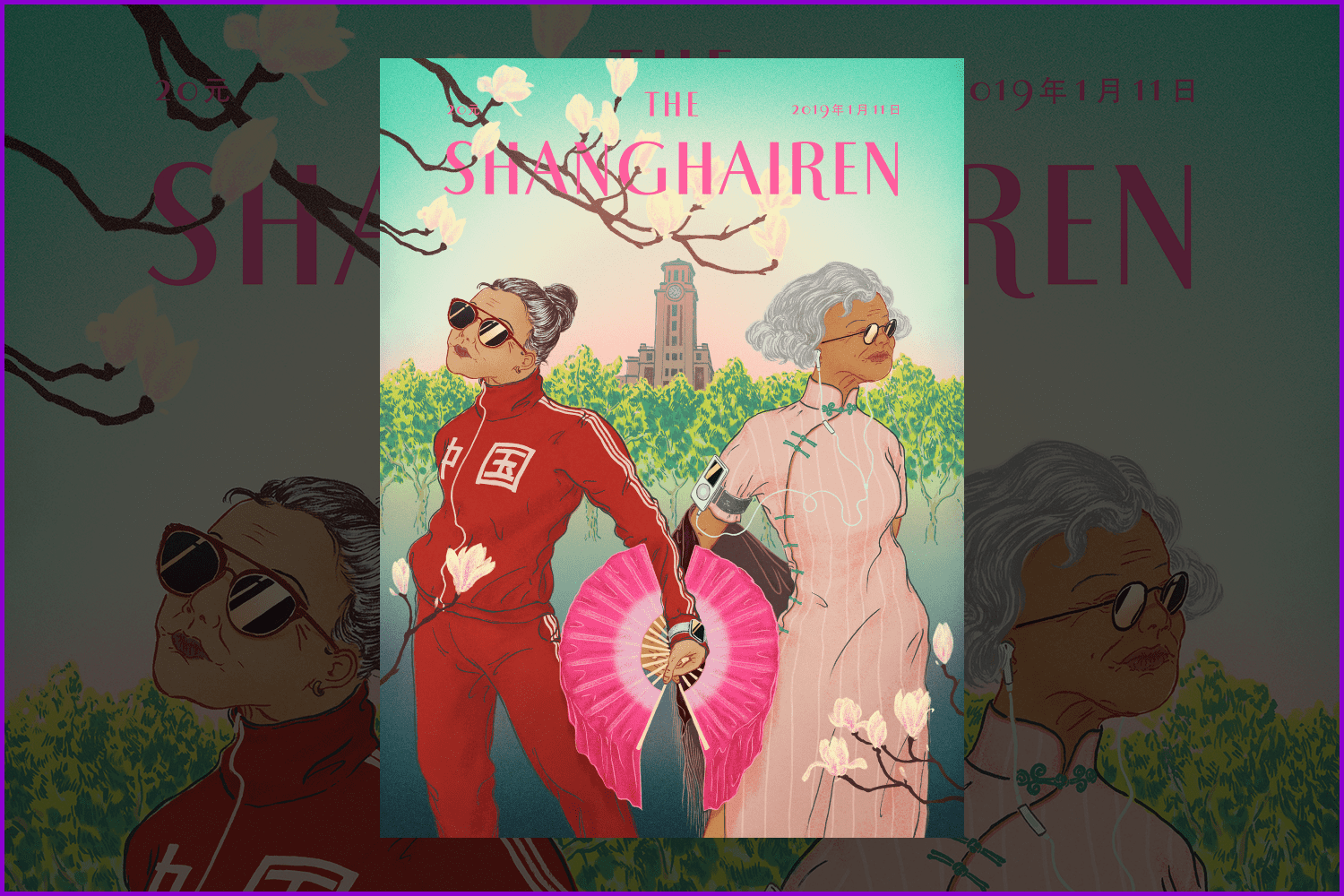
The Shanghairen Project: An imaginary magazine cover inspired by her experience from living in the city of Shanghai. It was exhibited in Shanghai’s International Airport.
Is there something you dislike about being an illustrator?
The instability and having to live paycheck-by-paycheck a lot. You never know when your next job will come, so it’s hard to plan vacations sometimes.
Have you ever encountered a client that continually rejected your presented drafts? How do you handle such situations?
I haven’t for a while. Thankfully my recent clients have been really nice to work with. I had been in situations before where I had to quit the project because I was so mentally damaged. I think rejections are normal since everyone wants to get the job done the best they can. But when a client continuously questions your professionality or tries to make you believe you are not good enough or simply doesn’t respect your time and effort, those are the red flags that the job might not be a fit for you.
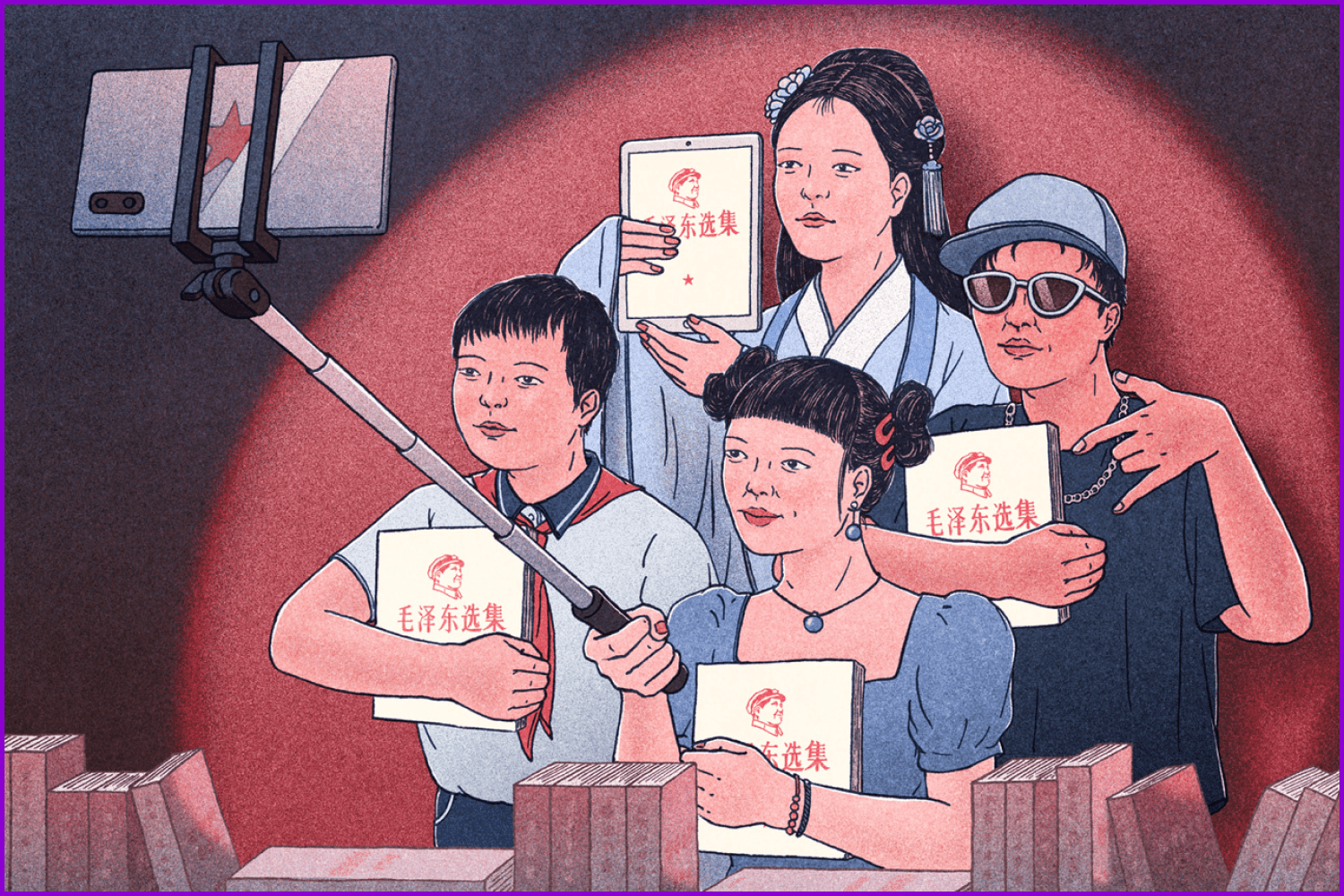
“China’s Youth Are Turning to Mao”, editorial illustration for The New York Times.
Do you have a network of designers with whom you collaborate? How do you support each other?
Not really but maybe I should? I have friends with whom I occasionally talk about work and other stuff over drinks, but I’m not exactly collaborating with them.
Have you heard of MasterBundles before? What do you think about this project?
No I haven’t, but I think it could be a good resource for people with limited design skills to enhance their projects with better aesthetics.

Useful tips from Xinmei Liu
Xinmei Liu is an illustrator, artist and printer based in the NYC area. Originally from Shanghai, China, she moved to the United States for art school.
What are your concerns?
Thanks for your response!
Disclosure: MasterBundles website page may contain advertising materials that may lead to us receiving a commission fee if you purchase a product. However, this does not affect our opinion of the product in any way and we do not receive any bonuses for positive or negative ratings.
- Eunjoo Lee
- Kimmy Kirkwood
- Mark Anthony Rudder
- Mario Zucca
- Mark Anthony Rudder
- Cina Catteau
- Kostas Bartsokas
